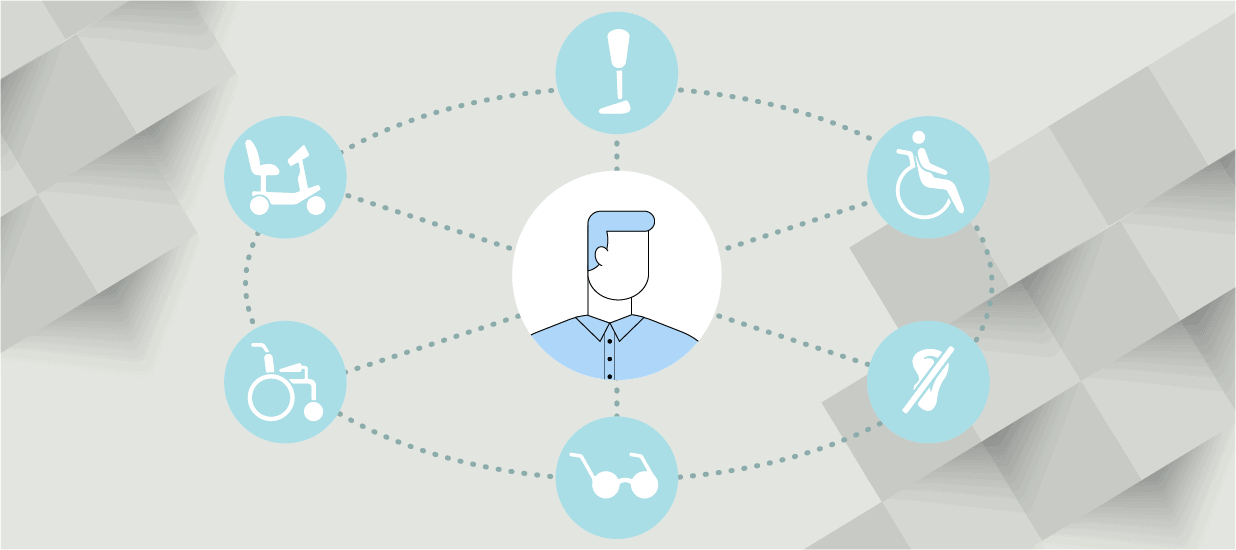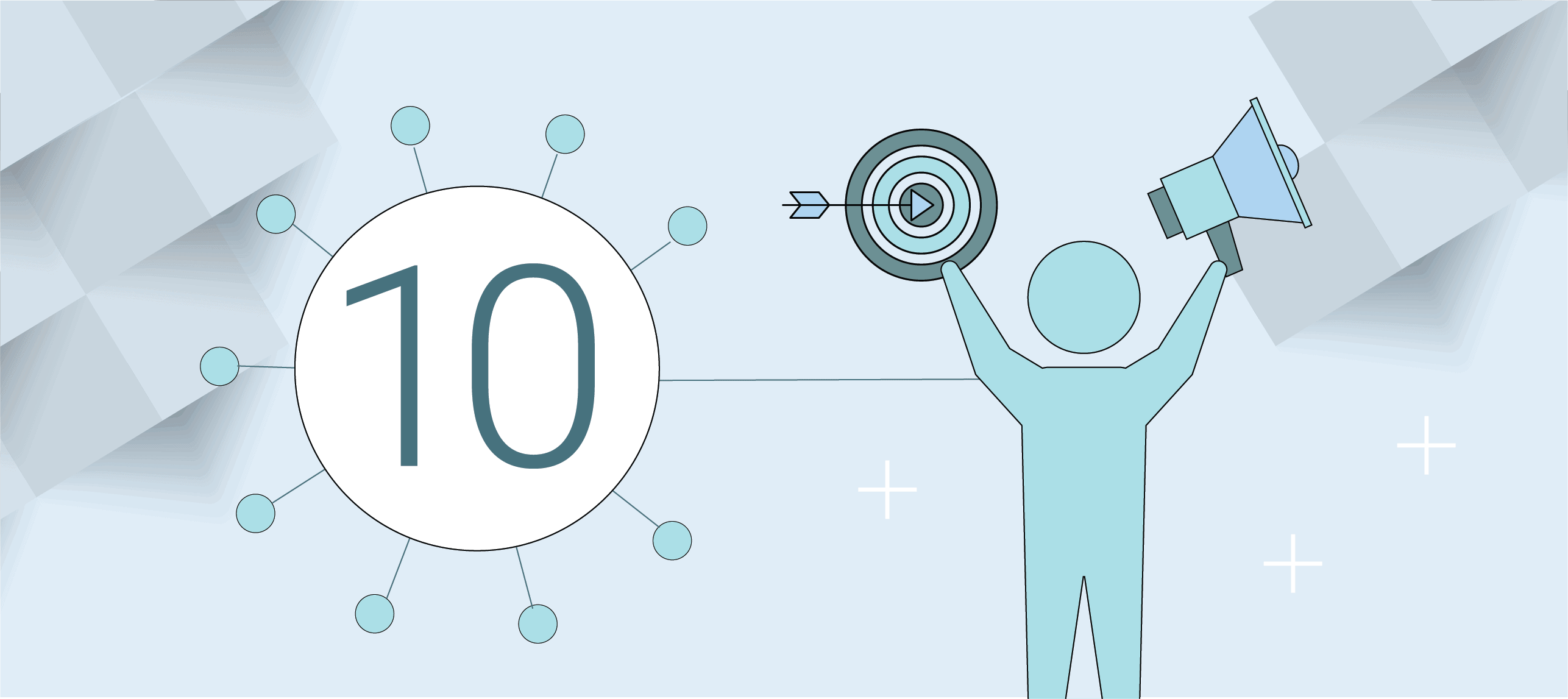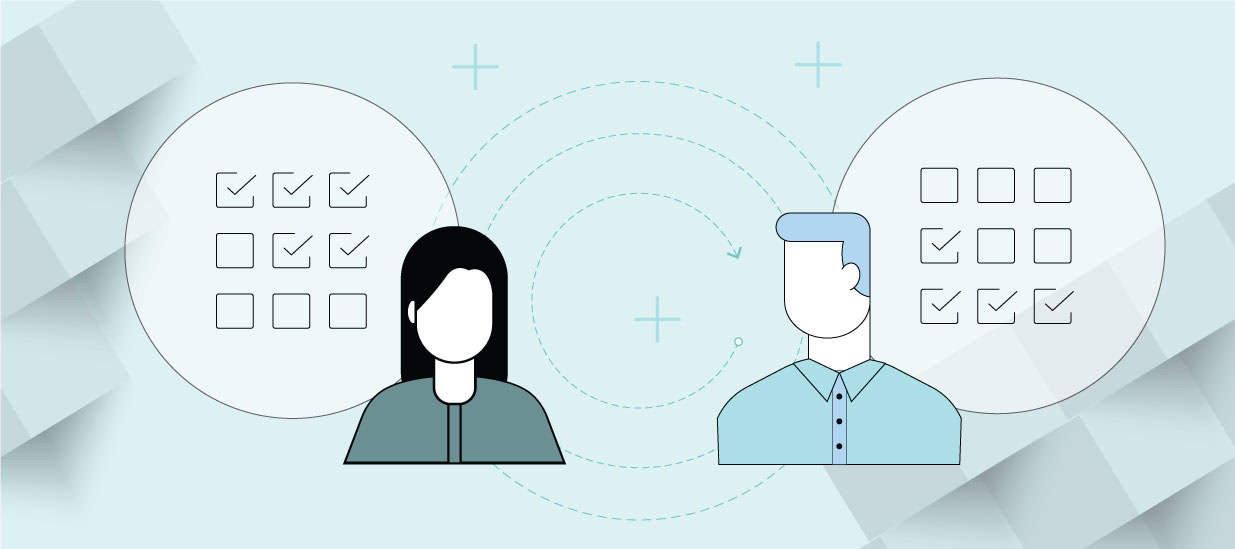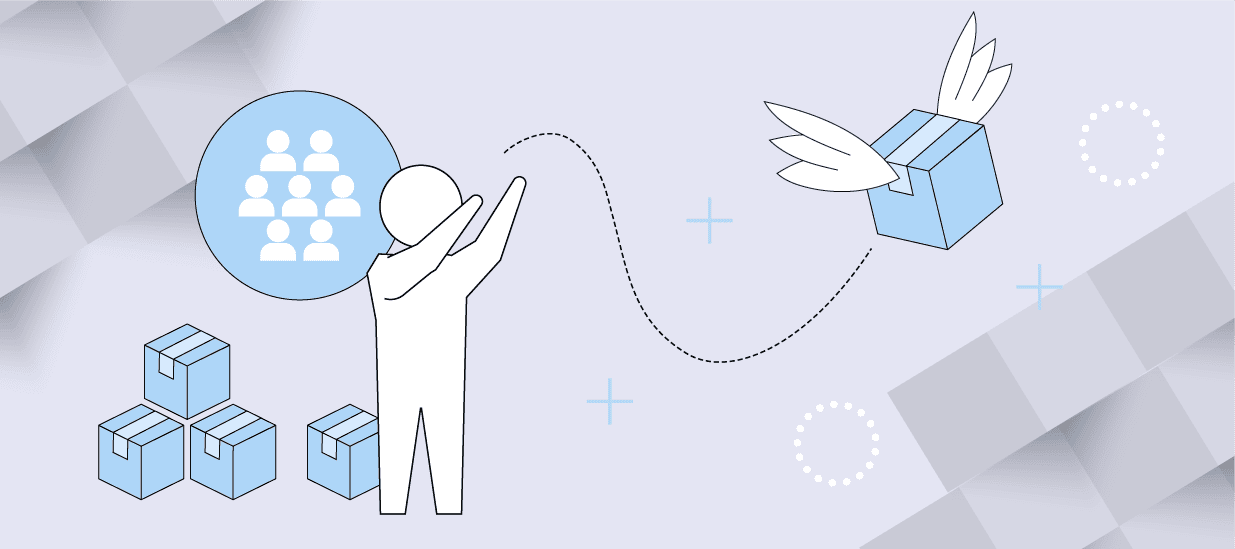The topic of customer advisory board (CAB) meeting agendas is a popular one at our training events and at other CAB industry events we attend. Perhaps most telling of the need for guidance is that “customer advisory board agenda” is one of the top search topics around CABs.
While the content of every CAB meeting will vary depending on meeting goals and topics (which should be gathered by engaging members before the meeting), here are eight essential must-haves that should be included as part of every CAB meeting agenda.
Internal CAB Prep Meeting
The host company should plan to have an on-site prep meeting before the face-to-face CAB meeting begins. This internal meeting encourages host company attendees to arrive on time and is the final opportunity to review session content, facilitation plans and any other meeting notes before presenting to the members. In addition, there should be a review of the host-company participation guidelines and a detailed review of each member participant to provide clarity on their account status, products in use, and any potentially sensitive issues.
Social Interaction Opportunities
The top benefit of any CAB, according to member surveys, is the ability to collaborate with other members and the host-company executive management. While such engagement is an integral part of the CAB meeting itself, the benefits of informal social interaction cannot be overstated. As such, it is essential that the meeting present ample opportunities for peer networking and social interaction.
We recommend scheduling a welcome reception the night before the meeting so that attendees become comfortable with each other early on. That way, when the actual meeting starts, members won’t be shy about jumping in with their ideas, guidance and feedback. In addition, a nice social event after the first day of the meeting, will further deepen personal contacts, and establish on-going relationships after the meeting concludes. Finally, breakfasts, lunches and interim meeting breaks further enable personal interaction.
CAB Welcome Session
The CAB executive sponsor should kick off the meeting, welcoming all customer (or partner) attendees and reviewing the meeting objectives. If this is not the first meeting in the CAB program, the executive sponsor can also provide a status update including action items from previous meetings. Finally, the meeting facilitator should review of the participation guidelines and ground rules to encourage member participation.
Introductions
Before exploring any session content, make sure everyone introduces themselves—CAB member attendees, host-company executives and third-party consultants. This further familiarizes attendees with each other and encourages members to speak and be heard at the start of the meeting. At recurring meetings, members should reintroduce themselves and provide updates on their top initiatives and priorities.
CAB Strategy Overview
An important element of most CAB meetings is updating members about what’s going on within the host company. The key driver is to present the company’s top strategic initiatives and gather member feedback. This should not be a one-way presentation. Be honest about bottlenecks, tradeoffs, or fork-in-the-road decisions and solicit member opinions. The strategy overview can include company updates—acquisitions, partnerships, new products or other corporate developments—that the members may have missed and that answer questions and address implications. When the host company presents first and honestly opens up, it sets the tone and encourages the same from CAB members.
Collaboration Exercises
A CAB meeting will not engage or succeed if it consists exclusively of host company executives presenting PowerPoint slides to the attending customer members. A great way to get members contributing and collaborating—and physically moving about—is by conducting collaboration exercises in which they engage with each other on shared industry challenges and potential solutions. Be clear and specific about the timelines, questions at hand and the desired inputs and outputs. These sessions are highly rated by CAB members.
CAB Wrap Sessions
Wrap sessions summarize that day’s discussions, findings, key takeaways and potential action items. In addition, you can discover and address any desired changes or course corrections before the meeting ends. For the final CAB session, describe the program’s next steps, including a timeline of upcoming engagements. This helps prepare participants for what’s coming down the road, so they’ll be ready when the next invitation comes.
Internal Post-Mortem
While the meeting content and feedback is fresh in everyone’s minds, hold a post-meeting debrief with all host-company attendees and third-party consultants. Discuss overall meeting feedback, potential top-priority discoveries and action items, what worked well and what to improve for the next meeting. In addition, consider doing a review of the members, especially if any were problematic.
To ensure that you create an effective meeting agenda, be sure to include these eight essential elements. Companies that focus exclusively on presentation content but ignore these items do so at their own peril. When you include these elements, your meeting will be productive for your company, and more important, it will be well-received by the attending members.
Rob Jensen is vice president of marketing for Ignite Advisory Group, a consultancy that helps B2B companies manage their customer and partner advisory board programs. Rob has spent over 20 years in marketing, communications and business development leadership positions with leading enterprise software and technology companies. In addition, Rob has specialized in initiating, managing and facilitating customer and partner advisory board programs in the U.S. and abroad. He can be reached at [email protected].
Author
-

Rob Jensen, a veteran professional with 28 years of experience, has held marketing, communications, and business development leadership roles at renowned companies such as TRW, HNC Software, EMC, Kofax, and AudaExplore. With a strong background in enterprise software and technology, Rob brings invaluable expertise to the field. For questions or inquiries, please contact [email protected].
View all posts








